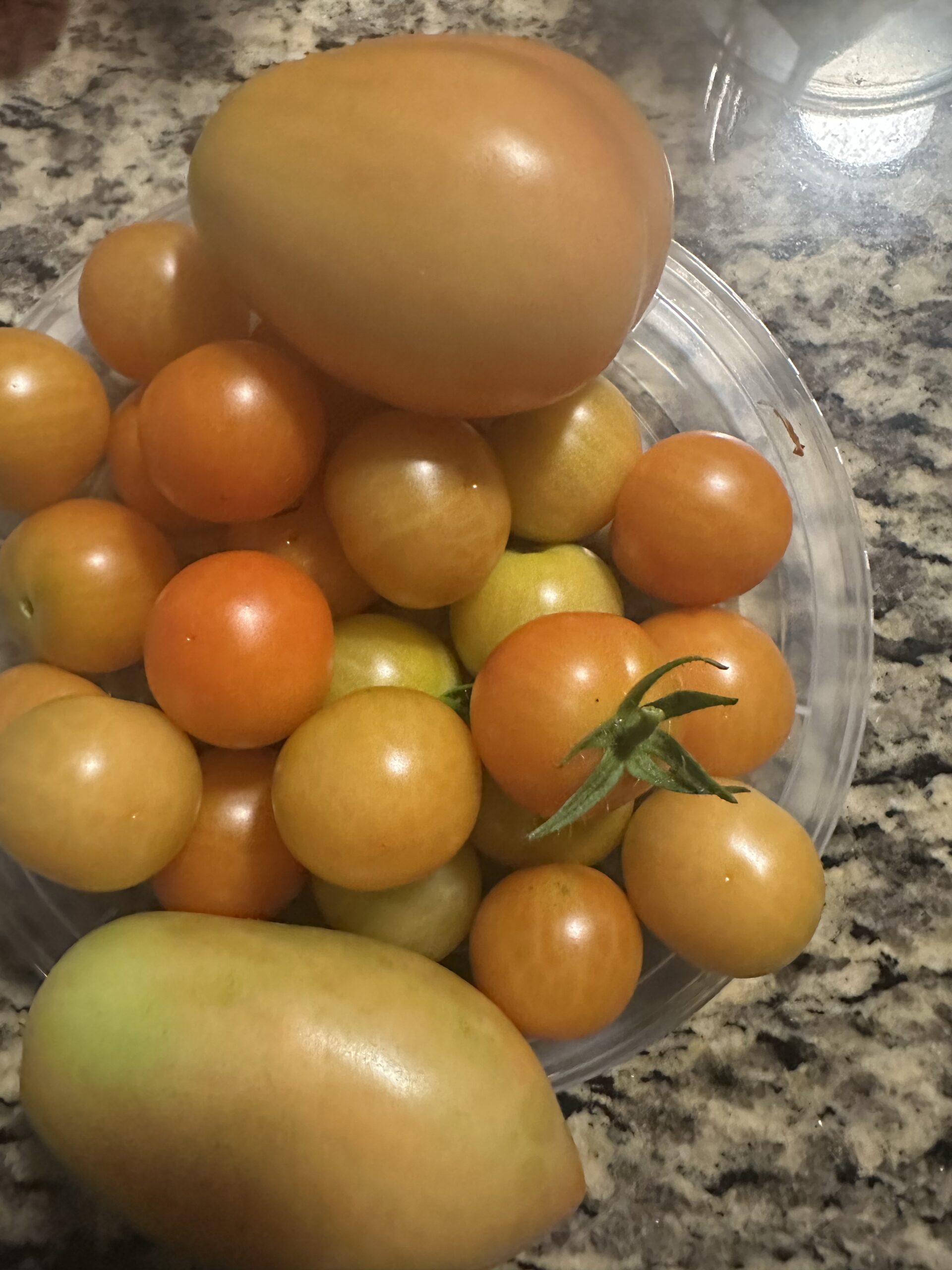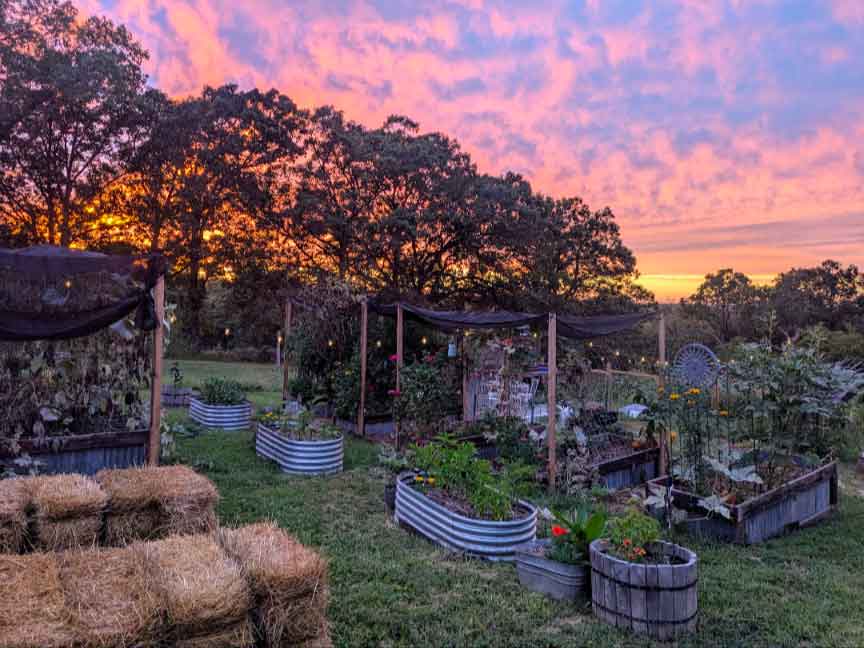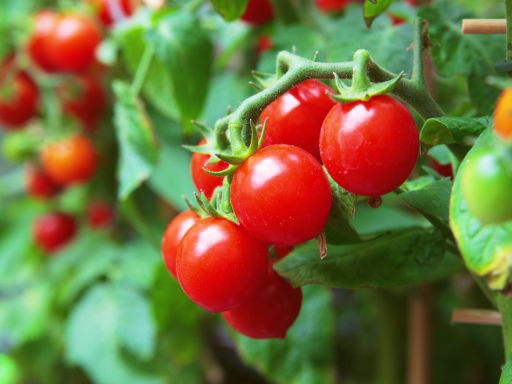About Tomatoes
With a speculated 25,000 different varieties of tomatoes, it’s no surprise that Americans obtain more vitamins from tomatoes than from any other vegetable. Yellow, pink, purple, green, orange, rainbow and yes, red tomatoes are now available to grow, each providing various ways of processing and eating. We love to grow tomatoes for sauces and soups, but most of us love a fresh tomato to confirm that summer is here. A member of the nightshade family, successfully growing tomatoes is actually dictated by night temperatures of at least 55°F rather than how warm it is during the day.
When to Plant Tomato Seeds
Prior to planting, determine if you want to plant determinate or indeterminate tomatoes. If you want your tomatoes all at once to make sauce or preserve them, look at determinate varieties like Roma or Ace 55. Indeterminate types bear over a longer period, with some starting later in the season than others like the heirloom tomatoes Cherokee Purple, Black Krim, or Green Zebra. Because tomato plants are heat lovers, most gardeners don’t have growing seasons long enough to start tomatoes from seed outdoors. Seeds should be started indoors six to eight weeks before you intend to transplant outdoors. Tomato seeds usually germinate within 10 days. The plants also develop quickly, especially if you keep them warm and give them lots of light.
Be cautious when it comes to transplanting outdoors. If the plants are planted out too early, frost or a cold spell could easily hinder their growth or kill them. Tomatoes planted a little later in the season will quickly catch up to earlier transplants that have been stunted by cold.
We know tomatoes are heat loving plants, but it is the nighttime temperatures that are the most important factor in successfully growing tomatoes. In general, when nighttime temperatures remain steadily above 50°F, it’s safe to begin hardening off your seedlings. Your plants should be several inches tall at this point with some branching. One method is to expose them to the outdoors for gradually increasing stretches each day, starting about seven to ten days before you intend to transplant them into the garden. After this transition period, they should be ready to live in your garden.
Where to Plant Tomato Seeds
To determine where to plant tomato seeds, note the mature size of the plant. In general, determinate plants tend to be smaller than indeterminate ones. We also offer smaller plants for containers like Tiny Tim or Early Girl.
When the seedlings are two to three inches tall and have a couple sets of true leaves, it’s time to transplant to your garden or pot them in larger containers. Plant them deeper than they were in their pots, so new roots will form along the buried stem. You can plant them all the way up to the top couple sets of leaves. This is especially ideal if your plants have gotten too tall indoors, and you want them to become stockier and stronger.
Generally, space your tomato seedlings two to three feet apart, in an area that receives full sun all day and has well-draining soil. A drip system is the best way to deliver steady, consistent water to the soil that will avoid wetting the leaves and plants.
How to Plant Tomato Seeds
It’s often more efficient to dampen the potting mix before you put it in the containers. Add some water, and work it through the soil. Keep adding water until the mix stays compressed in your hand but is not dripping wet. It should break apart when you poke it with your finger. Then, fill your containers with potting soil. Gently firm the soil, so it’s about an inch from the top.
Place two to three seeds per container, then sprinkle soil on top. Keep the soil moist but not soaked. Once plants start forming, more water can be applied. Keep them in an area that allows for plenty of sunlight and rotate them regularly.
When it is time to transplant outside, add stakes or tomato cages before you think you need them so each plant can grow upright with support as they need it. It is very difficult to fit a mature tomato plant into a cage without breaking multiple branches.








